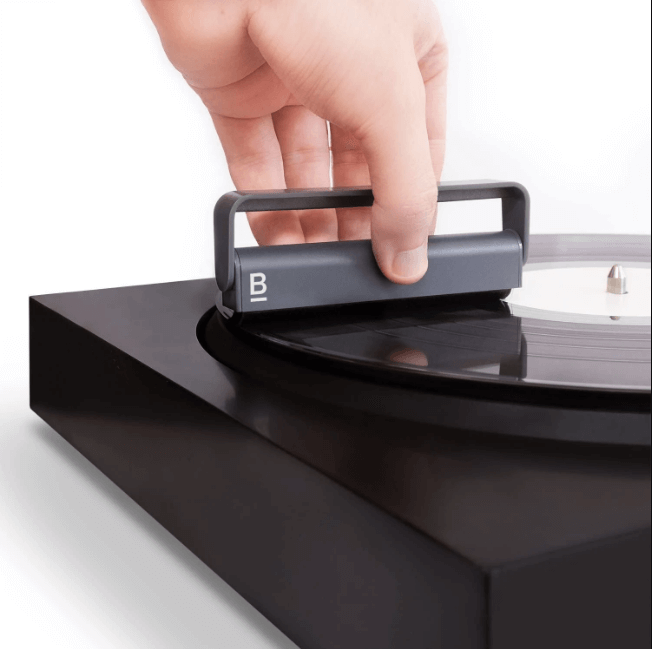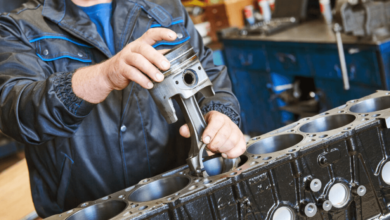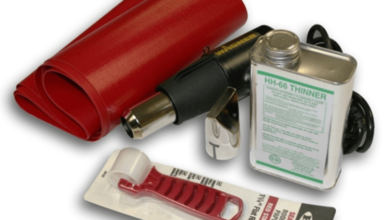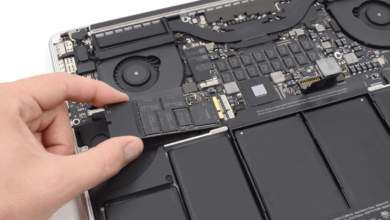Record Cleaning Brushes: Keeping Your Vinyl Collection Pristine

Table of Contents
- Introduction: The Importance of Record Cleaning Brush
- Understanding the Basics of Vinyl Records
- The Problem with Dust and Dirt
- Choosing the Right Record Cleaning Brush
- How to Use a Record Cleaning Brush Effectively
- Maintaining and Cleaning Your Record Cleaning Brush
- The Benefits of Using Record Cleaning Brush
- Common Mistakes to Avoid
- Exploring Other Record Cleaning Methods
- Conclusion
- Frequently Asked Questions (FAQs)
1. Introduction: The Importance of Record Cleaning Brushes
In the world of music enthusiasts, vinyl records hold a special place. The warm, authentic sound they produce is cherished by audiophiles around the globe. However, to fully enjoy the experience of vinyl playback, it is crucial to keep your records clean and free from dust and debris. This is where record cleaning brushes come into play.
2. Understanding the Basics of Vinyl Records
Before delving into the world of record-cleaning brush, it’s important to have a basic understanding of vinyl records. Vinyl records are analog audio storage mediums that consist of grooves containing the recorded sound. They are made from polyvinyl chloride (PVC) compound and require proper care to maintain their audio quality over time.
3. The Problem with Dust and Dirt
Dust and dirt are the nemeses of vinyl records. When records are exposed to these particles, they can settle into the grooves and cause various issues during playback. These issues include crackling sounds, skips, and overall degradation of sound quality. To prevent such problems, regular cleaning is essential.
4. Choosing the Right Record Cleaning Brush
Selecting the right record cleaning brush is crucial for effective cleaning. There are various types of brushes available, each with its own set of features and benefits. Some popular options include carbon fiber brushes, goat hair brushes, and velvet brushes. Consider factors such as bristle quality, anti-static properties, and ease of use when making your selection.
5. How to Use a Record Cleaning Brush Effectively
Using a record cleaning brush properly is essential to achieve optimal cleaning results. Start by gently placing the brush at the edge of the record, allowing the bristles to touch the surface. Then, in a sweeping motion, move the brush towards the center of the record, following the grooves. This motion helps remove dust particles and debris effectively.
6. Maintaining and Cleaning Your Record Cleaning Brush
To ensure the longevity and effectiveness of your record cleaning brush, regular maintenance is necessary. After each use, remove any accumulated dust or debris from the bristles. You can use a soft cloth or a specialized brush-cleaning tool for this purpose. Additionally, it’s important to replace the brush when the bristles become worn out or damaged.
7. The Benefits of Using Record Cleaning Brushes
Using record cleaning offers several benefits. Firstly, they help preserve the audio quality of your vinyl records by removing dust and debris. Secondly, they reduce the risk of needle wear and prolong the lifespan of your turntable stylus. Lastly, they enhance the overall listening experience by minimizing crackling sounds and improving clarity.
8. Common Mistakes to Avoid
When using cleaning brushes, it’s important to avoid common mistakes that could potentially harm your vinyl records. One common mistake is using excessive force while brushing, which can damage the delicate grooves. Another mistake is neglecting to clean the brush itself regularly, as it can accumulate dirt and transfer it back onto your records.
9. Exploring Other Record Cleaning Methods
While record-cleaning brush are a popular choice, there are other methods available for cleaning vinyl records. These include record cleaning machines, cleaning solutions, and ultrasonic record cleaners. Each method has its own advantages and limitations, so it’s important to research and choose the one that suits your needs and budget. Read more…
10. Conclusion
In conclusion, record cleaning brushes play a vital role in maintaining the quality and longevity of your vinyl record collection. By effectively removing dust and debris, these brushes ensure optimal playback and enhance the overall listening experience. Remember to choose a brush suitable for your needs, use it correctly, and maintain it regularly to enjoy your vinyl records for years to come.
Frequently Asked Questions (FAQs)
Q1: Can I use a regular household brush for cleaning vinyl records?
No, it is not recommended to use a regular household brush for cleaning vinyl records. These brushes may have bristles that are too harsh or abrasive, which can potentially damage the delicate grooves of the record. It’s best to use a brush specifically designed for record cleaning.
Q2: How often should I clean my vinyl records?
The frequency of cleaning depends on various factors, including the environment in which your records are stored and how often you play them. As a general rule, it’s recommended to clean your records at least once every few plays or whenever you notice visible dust or debris on the surface.
Q3: Can record cleaning brush eliminate scratches on vinyl records?
No, the record-cleaning brush cannot remove scratches from vinyl records. Scratches are physical damage to the surface of the record and require specialized repair techniques. It’s important to handle records with care to minimize the risk of scratches.
Q4: Are record-cleaning machines better than brushes for cleaning vinyl records?
Record cleaning machines offer a more thorough and automated cleaning process compared to brushes. They use various methods such as vacuum suction and fluid application to deep-clean records. However, record-cleaning machines can be more expensive and require more space. Brushes are a more affordable and convenient option for regular maintenance.
Q5: Can record cleaning brushes remove static charges from vinyl records?
Some record-cleaning brushes are designed with anti-static properties to minimize static charges. These brushes help reduce the attraction of dust and debris to the record’s surface. However, for more effective static removal, additional tools such as anti-static sleeves or cleaning solutions may be needed.






